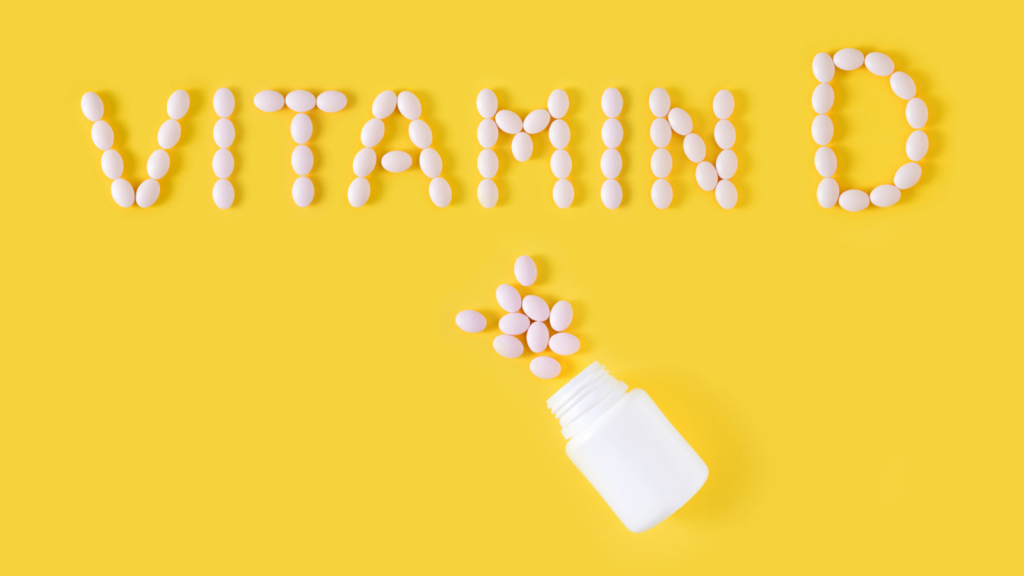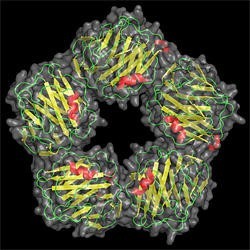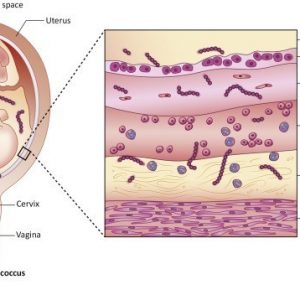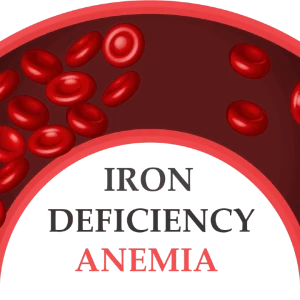
Ever wondered why everybody seems to be complaining of chronic back aches lately, and that lethargy that stays around us all day long! Regular workouts and a healthy diet are top on the “MUST DO “list, but the pains don’t seem to go away! Well, guys, it’s high time we go back to the basics and tick those boxes first. Nature blessed us with loads of sunlight to keep us healthy, but we preferred to lock ourselves inside in the comfort of air conditioners and laptops and lose out on all the benefits of outdoor life.
Vitamin D is a fat soluble vitamin that is naturally present in very few foods (20%). But it can be produced inside the human body after exposure to sunlight (80%).
Vitamin D deficiency seems to be an epidemic these days because people get less vitamin D from the sun in the past 40 years. Apart from this, the constant use of air conditioners, multimedia devices and sunscreen lotions have to all led to its deficiency.
This vitamin is primarily responsible for keeping our bones healthy. It does so by regulating the absorption of calcium and phosphorus in the body. It helps in strengthening the body’s immune system and fighting off infections and allergies. It keeps our nervous system and mood lively, thus taking care of anxiety and depression. Other benefits include a healthy heart, gut and endocrine system.
Sunlight is the richest source of Vitamin D. Dietary sources include fish oil, egg yolk and fortified dairy products. The recommended daily intake is 600mg in adults. Supplements can be taken daily, weekly or monthly basis. Infants especially, require supplements as breast milk also lacks this vitamin.
Symptoms of vitamin D deficiency include fatigue, tiredness, and lethargy; severe bone and muscle pains, depression and hair loss. Prolonged deficiency can result in obesity, diabetes, hypertension, high risk pregnancy, depression and osteoporosis. Severe deficiency can cause rickets in children and osteomalacia in adults.
A simple test can detect the deficiency of this nutrient in blood. This test measures the level of 25 hydroxy-vitamin D which is the inactive precursor form of the more active hormone 1,25 dihydroxy-vitamin D. Values below 50nmol/l indicate a deficiency, while above 250nmol/l point towards intoxication (hypervitaminosis D). The latter may occur due to an overdose of supplements or underlying liver/kidney disease.






